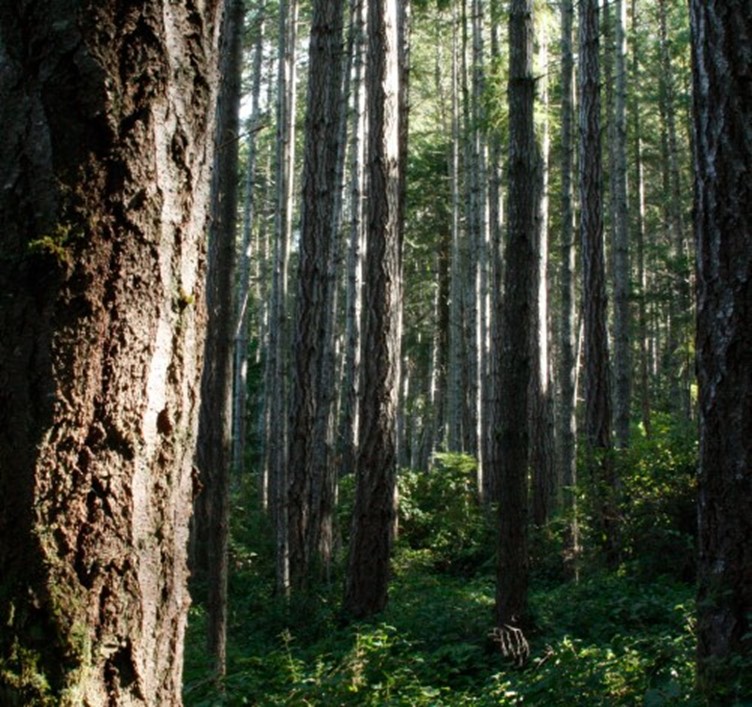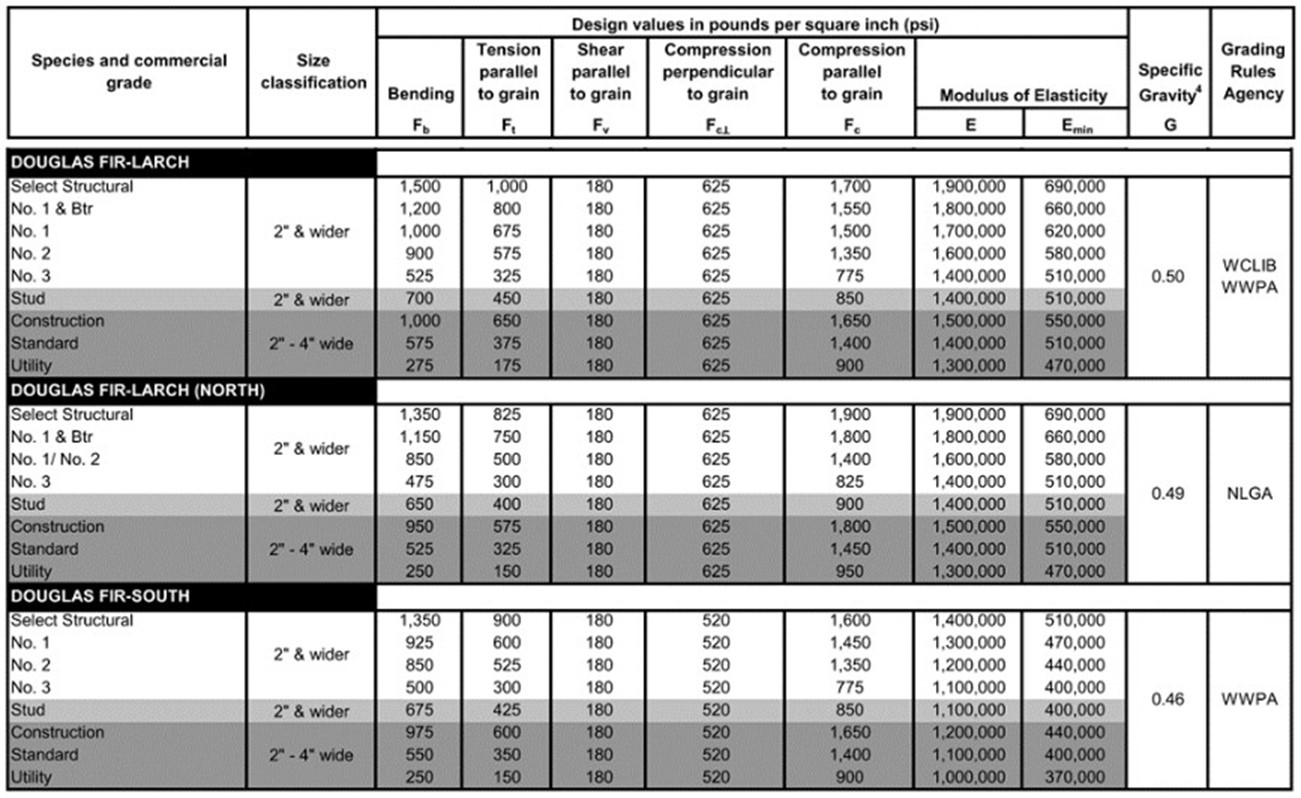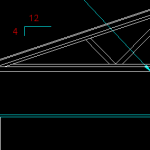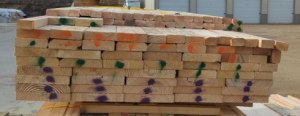Why it’s Critical to Understand Lumber Species Groups
Originally published in SBCA Magazine January 6, 2024
For consumers of structurally graded lumber the two key elements of the lumber’s grade stamp are the assigned grade and the species or species group. These two elements establish what published design values should be referenced for that piece of wood, particularly when used in a structural system like a truss, roof rafter, floor joist, or wall. While it may seem straightforward, there are important differences to be aware of when using lumber from species groups.

Douglas Fir-Larch (DF-L) encompasses trees grown in three separate geographic regions in North America. The three regions are indicated on the grade stamp using the designations DF-L, DF-L(N), and DF(S)*. Any consumer of lumber from one or more of these species groups should treat each as a separate and distinct raw material for design, manufacture, and installation purposes. To understand why, it’s important to look at how these lumber species groups are manufactured and graded.
Lumber species groups exist because it is often not practical, nor potentially desirable, to separate individual species of logs when the lumber manufacturer processes them. While there are several reasons, some of the most prevalent include: forest conditions make it impractical to separate species during harvesting; visually differentiating many species is difficult and inefficient at the mill, once processed, some lumber species can’t be differentiated without the use of a microscope; and, some species have similar mechanical properties.
The American Lumber Standards Committee (ALSC) and Canada’s National Lumber Grades Authority (NLGA) recognize the DF(S) species group as douglas fir and bigcone douglas fir and DF-L species group as including douglas fir, bigcone douglas fir, and western larch. However, these trees are harvested from three different growing regions:
DF-L: Washington, Oregon, Idaho, Montana, Wyoming, and California
DF-L(N): Canadian provinces
DF(S)*: Arizona, Colorado, Nevada, New Mexico, and Utah
In addition to Douglas Fir-Larch (DF-L), other common species groups used in North America for structural purposes include Southern Yellow Pine (SP) and Spruce-Pine-Fir (SPF). The SPF species group is a combination of Canadian spruces, pines, and firs that share similar mechanical properties and growing regions. SPF(S) is a similar species group of spruces, pines and firs that originates in the U.S. SPF(S) has different design values from SPF. SP is a combination of four different species of pine in the U.S. South: loblolly pine, long leaf pine, shortleaf pine, and slash pine.
These different growing regions have an impact on the published design values under ALSC’s PS 20 lumber standard. Below are the design values in the American Wood Council’s 2018 National Design Standard (NDS) Supplement that correspond to each of the assigned species group based on the lumber grade:

Sometimes, DF-L and DF-L(N) or DF-L and DF(S)* will be combined at a manufacturing mill or at a reload operation. Again, these different species groups have different published design values and should be treated as separate raw materials. However, if that isn’t possible from a practical or efficiency standpoint, under ALSC rules the lower of the two species’ published design values must be used.

 DEAR JEFF:
DEAR JEFF: 






